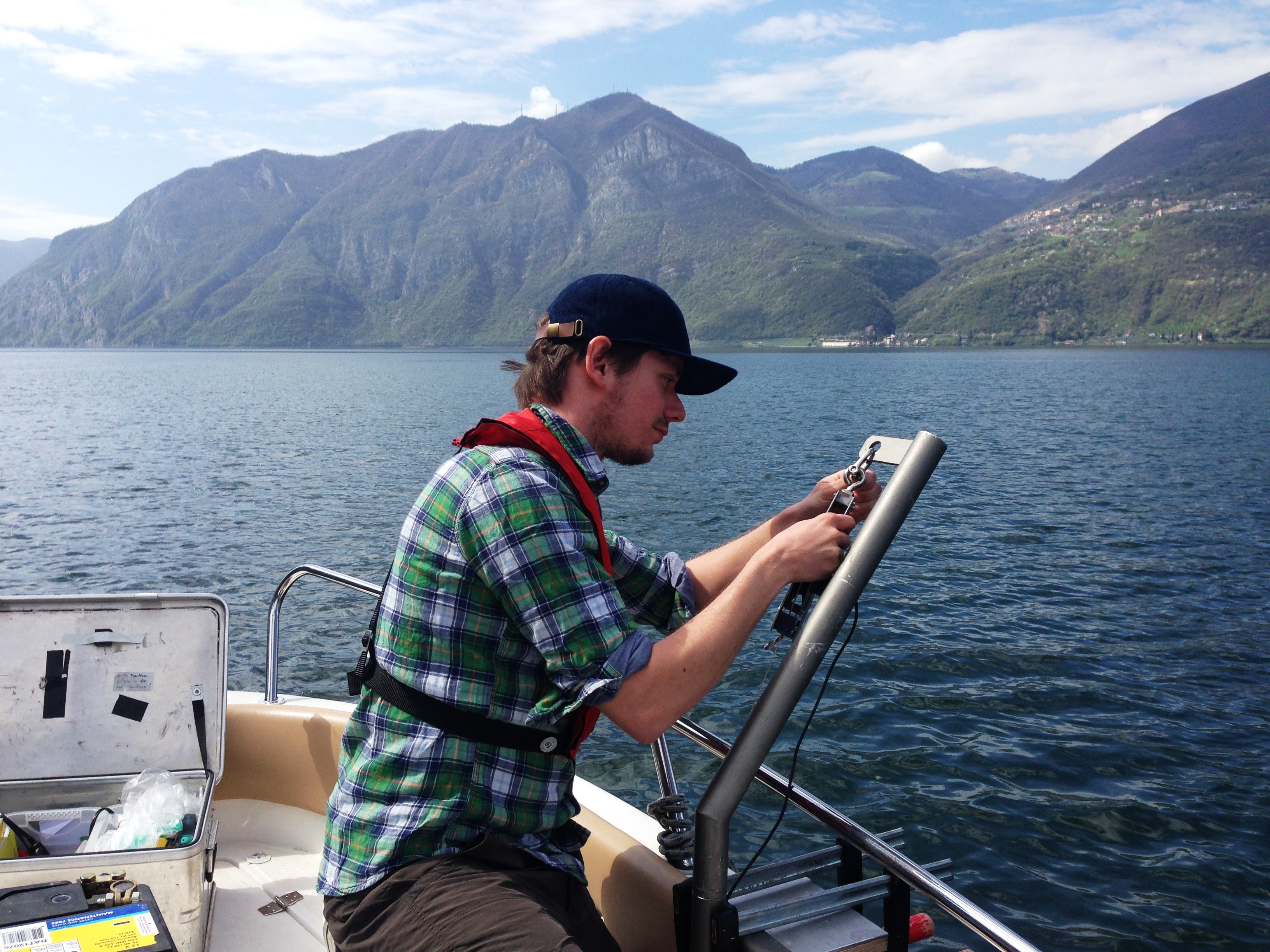Physical Limnology of Urban Lakes
Published:
Although it is hard to define what characterizes an urban lake, most are affected by a water management system and by a largely sealed urban catchment. Therefore, the hydrodynamics of these systems tend to be more complex compared to less anthropogenic affected lakes. Especially management measures increasing external inflows (treatment plants, sewer overflows, bypasses) can destabilize the lake stratification and affect the hydraulic retention time. Further, loadings with high amount of nutrients and/or micropollutants from the urban catchment stress the lake ecosystem.
To investigate the physical limnology of an urban lake in Berlin, Germany, I have undertaken several field samplings to investigate vertical differences in physico-chemical parameters and deployed a logger chain to get data about electrical conductivity, water temperature and dissolved oxygen over the depth. The data helped in gaining additional insights about stratification patterns and the feedback between management measures and the urban lake ecosystem.
Seiches (internal standing waves) have the potential to accelerate vertical transport processes over the thermocline during stratified conditions, which can cause a nutrient flux into the surface mixed layer enabling phytoplankton growth. Also, the denser waters by the water management system tend to affect the urban lake ecosystem, for instance a density current can form during winter with low concentrations of dissolved oxygen. Nonetheless, adaptive urban lake management measures seem to be a beneficial factor in keeping the urban lake ecosystem in a sustainable and resilient state.
